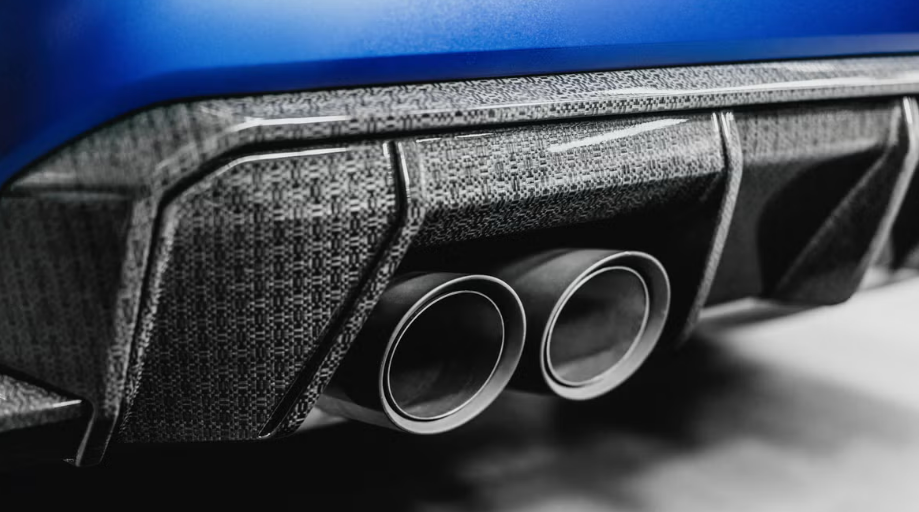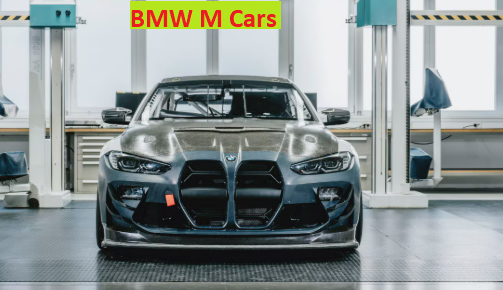Introduction
In a significant step toward sustainability without sacrificing speed, BMW M Cars has announced plans to phase out carbon fiber in favor of a BMW M Cars flax-based natural fiber composite in future M performance models. This bold transition reflects the automaker’s long-term commitment to eco-friendly innovation and reducing the environmental footprint of its most powerful vehicles. The change is not only material-deep—it is philosophical, positioning BMW M Cars as both a performance and environmental leader.

Key Specifications of BMW M Cars Flax Fiber Material
| Feature | Specification |
|---|---|
| Material Type | Flax Fiber-Reinforced Polymer |
| Strength vs Carbon Fiber | ~85–90% of traditional carbon’s strength |
| Weight Difference | Slightly heavier than carbon fiber |
| Recyclability | High; made from renewable plant sources |
| Vibration Dampening | Better than carbon fiber (natural damping) |
Top Features of the New M Models
- Lightweight flax fiber body panels with structural integrity
- Reduced carbon footprint from manufacturing
- Maintained aerodynamic shape and downforce efficiency
- Greater vibration absorption leading to smoother handling
- Eco-conscious branding with minimal compromise in performance

Design Evolution
BMW’s design language remains aggressive and iconic, but the introduction of flax-based materials allows for more organic lines and new textures. The material exhibits a slight gold-brown hue compared to carbon fiber’s dark weave, giving M cars a unique natural visual signature. Expect familiar body contours with a modern, nature-inspired twist.
Performance Retention & Weight Analysis
Despite the switch, BMW has assured enthusiasts that performance will not be compromised. Testing reveals that flax fiber materials maintain stiffness and structural behavior under stress. Though marginally heavier, their natural vibration-dampening abilities improve driving feel—especially in high-speed track conditions.
BMW’s Sustainability Mission
BMW aims to reduce lifecycle emissions by 40% by 2030, and this move directly contributes to that goal. The production of flax composites consumes significantly less energy than carbon fiber, aligning with BMW’s mission to prioritize renewable materials and minimize waste. The Garching research team continues to innovate greener composites that deliver power with a purpose.
How It Compares to Traditional Carbon Fiber
| Feature | Carbon Fiber | Flax-Based Composite |
|---|---|---|
| Strength | Superior | Slightly lower (~90%) |
| Environmental Impact | High | Very Low |
| Aesthetic | Glossy black weave | Matte natural texture |
| Cost | Expensive | Lower per unit |
| Vibration Absorption | Low | High |
Impacts on Future M Car Pricing
This material shift might slightly reduce costs for entry-level M trims due to lower raw material expenses. However, R&D and production innovations may balance the savings. Expect pricing to remain premium yet competitive, with greater focus on long-term value and eco-conscious appeal.
Final Thoughts
BMW’s integration of flax-based composite material in future M cars is more than just a material change—it’s a shift in mindset. Blending innovation, sustainability, and the brand’s performance heritage, this transition marks a defining chapter for BMW’s next generation. Car buyers who care about the planet and love the thrill of speed can finally have both—with no compromises.
FAQs
What is flax fiber, and why is BMW using it?
Flax fiber is a plant-based composite material that is strong, lightweight, and sustainable. BMW is using it to reduce emissions and improve environmental impact.
Will flax fiber affect M car performance?
Performance is expected to remain consistent, with minimal weight trade-offs and improved vibration handling at high speeds.
When will BMW launch the first flax fiber M car?
While no official release date has been confirmed, insiders suggest mid to late 2026 for the first production M models using flax composites.
Is this the end of carbon fiber in all BMWs?
No—carbon fiber will still be used in limited applications. Flax fiber is expected to complement, not completely replace, its use.

